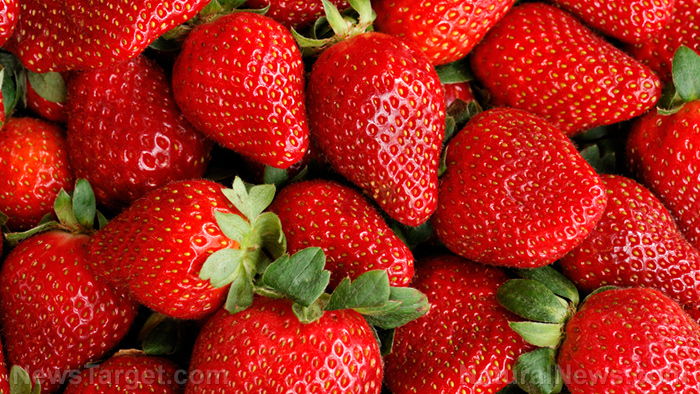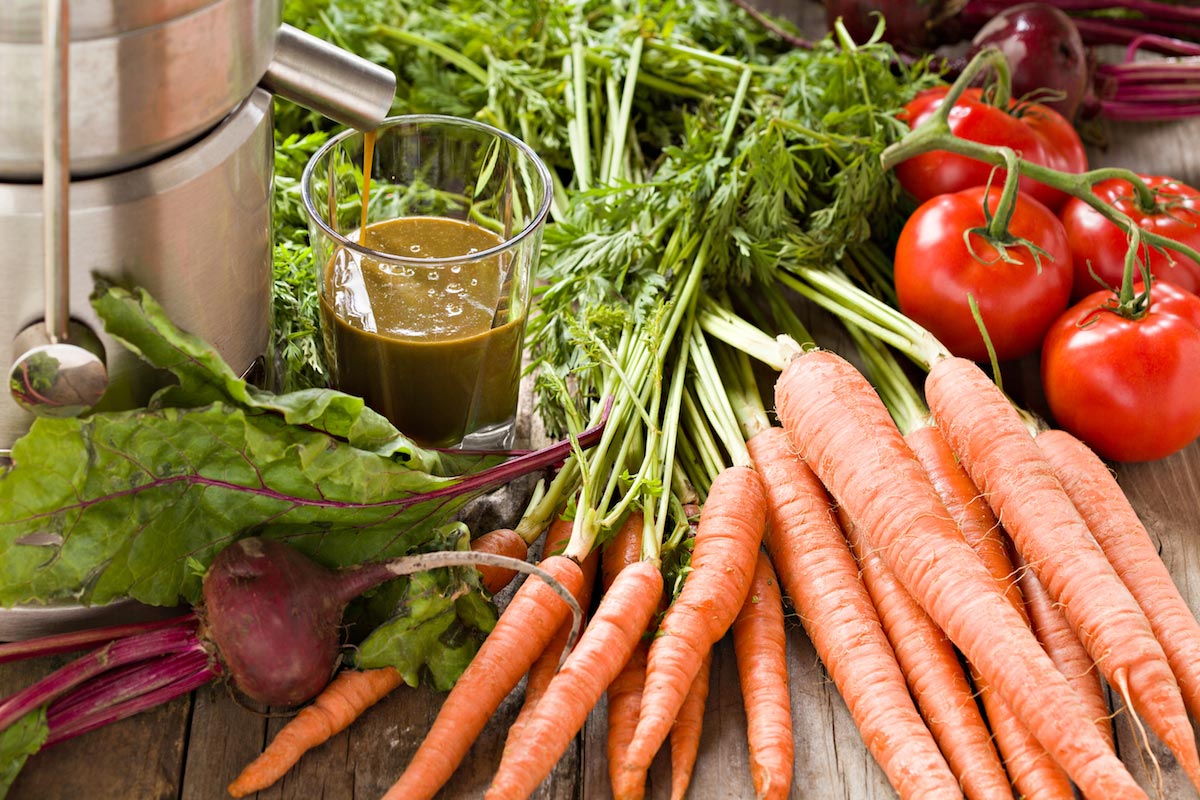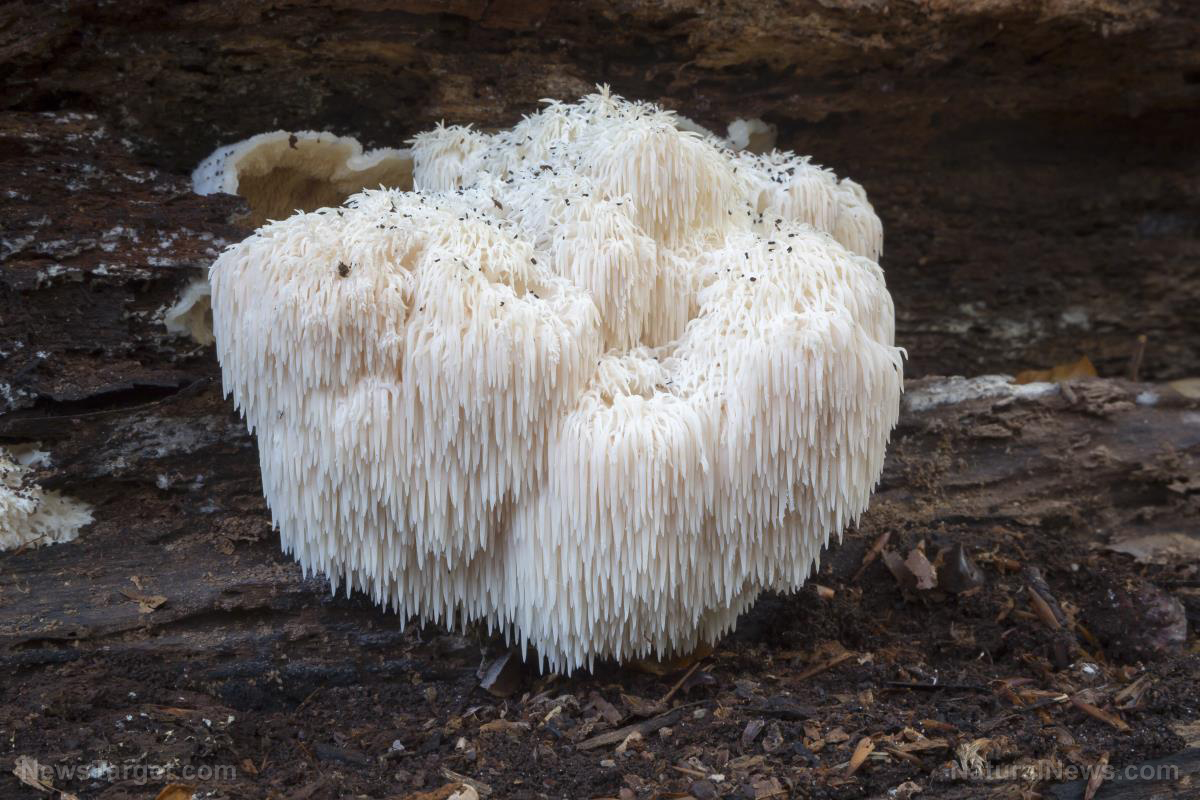Consuming more strawberries may help lower Alzheimer’s risk among the elderly
08/04/2020 / By Virgilio Marin

A study published in the journal Current Developments in Nutrition found that a diet rich in vitamin C, anthocyanidin and flavonoid – nutrients plenty in strawberries – can help reduce Alzheimer’s disease among older people.
The researchers from the Rush University Medical Center and Rush Insitute for Health Aging said that participants who ate strawberries more than once a week were 32 percent less likely to develop Alzheimer’s compared to non-consumers.
Higher strawberry consumption linked to lower Alzheimer’s risk
Current research suggests a link between Alzheimer’s symptoms and increased oxidative stress and inflammation. In in vitro animal and human feeding studies, strawberries showed anti-oxidative and anti-inflammatory properties likely due to their high flavonoid and vitamin C content. Furthermore, animal studies identify strawberries in improving neuronal function and cognition.
In the study, researchers probed whether a higher intake of strawberries can positively affect Alzheimer’s risk. The research took place for six years and involved 924 residents of retirement communities in Chicago, of which 245 developed Alzheimer’s disease.
The team compared all of the participant’s neurological exams together with data from annual food frequency questionnaires, asking mainly their strawberry intake. Then, they analyzed patterns from the six years’ worth of data.
They found that participants who were consuming more than one strawberry a week had a 32 percent lower risk of Alzheimer’s compared to those consuming none. In addition, there is a 24 percent reduced risk of Alzheimer’s for every one serving increase in strawberry consumption. The associations were consistent even after controlling for variables such as age and genetic predisposition.
According to the researchers, strawberry contains the powerful nutrients vitamin C, anthocyanidin and flavonoids, which are linked to slower cognitive decline. For one, pelargonidin, a type of anthocyanidin, is a compound with strong antioxidant and anti-inflammatory properties, which can be beneficial to brain health. Strawberries, especially, pack in this nutrient, as pelargonidin is one of its primary bioactives. In fact, the participants received 74 percent of their pelargonidin from strawberries.
However, this does not mean that the berry is better than other fruits. Other fruits can also be beneficial for brain health.
“There are other fruits which are rich in anthocyanidins and all the flavonoids which can be beneficial. Blueberries are one of them, which is being researched these days,” explains Dr. Puja Agarwal, one of the authors of the study.
More fruits to boost brain health
In another study on Alzheimer’s, researchers found that low intake of flavonols, anthocyanins and flavonoid polymers – types of flavonoids which are linked to various health benefits – is associated with a higher risk of Alzheimer’s and related dementia. Low intake of anthocyanins, in particular, showed a four-fold risk compared to participants with the highest intake.
It is therefore important to eat foods rich in these nutrients. And while strawberry is one of them, there many more fruits (and vegetables) that pack in those nutrients that can be beneficial for brain health. (Related: Flavonoids From Fruits, Veggies Help Halt Dementia and Alzheimer’s.)
For example, apples, onions and kale leaves are good sources of flavonols while red, blue and purple berries are great for anthocyanins. Furthermore, these fruits are also rich in other brain-beneficial nutrients such as flavonoid polymers in apples.
There is also a plant compound called fisetin that shows promise in dementia prevention. Researchers sampled mice genetically engineered to develop Alzheimer’s and administered fisetin to some of them. Those that did not receive fisetin start showing signs of cognitive decline while those that had fisetin remained healthy.
Fruits that contain fisetin include mangoes, cucumber with skin, apples, persimmons, kiwi, peaches, grapes and tomatoes. Strawberry contains fisetin too, adding yet another evidence to its cognitive benefits.
Learn more about fruits and their powerful nutrients at Fruits.news.
Sources include:
Submit a correction >>
Tagged Under:
This article may contain statements that reflect the opinion of the author
RECENT NEWS & ARTICLES
COPYRIGHT © 2017 SUPERFOODS NEWS





















